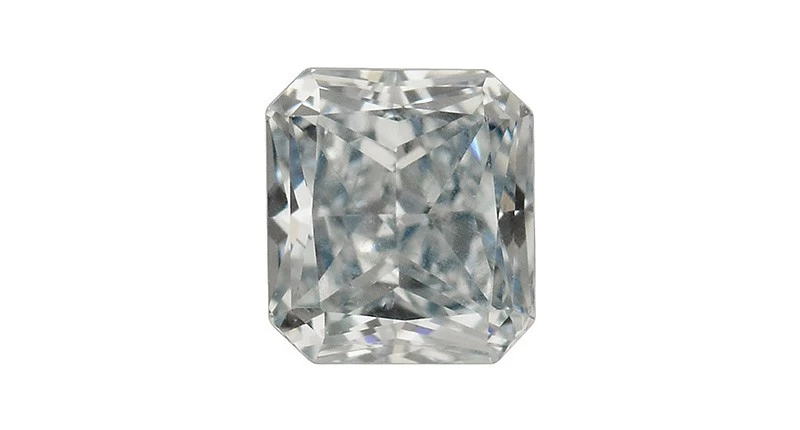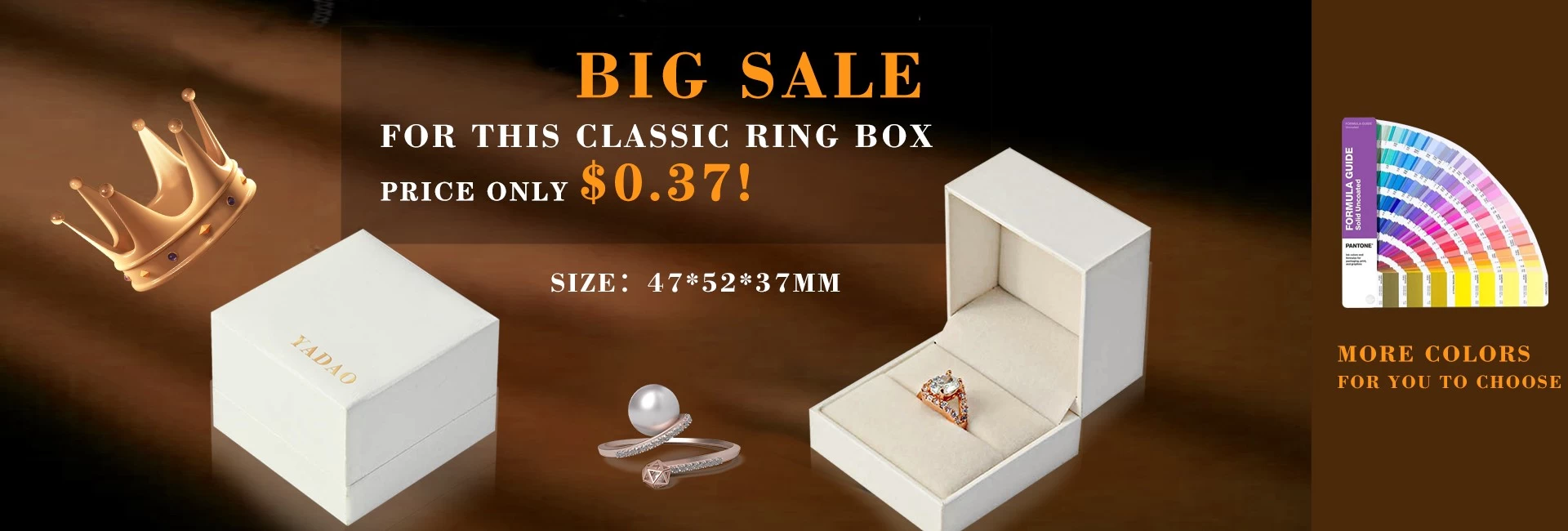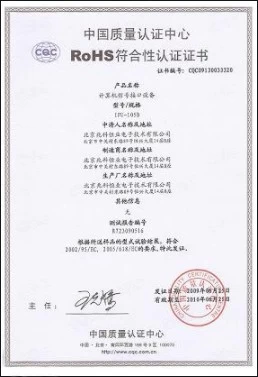GIA Sees Blue Diamond That’s Synthetic-Natural Composite


According to an article published online now and slated for the summer print edition of “Gems & Gemology,” the 0.33-carat stone is a composite of CVD synthetic Type IIb diamond overgrowth on a natural Type Ia.
The lab-grown diamond layer is only 80 microns (0.003 inches) thick, but it’s enough for the diamond to grade as a fancy blue.
Though the GIA said the stone was not submitted as a lab-grown diamond, there were a few things that tipped off researchers.
As the article states, the diamond had both nitrogen and boron defects. Nitrogen defects are the most common defect found in natural diamonds, while boron is the element that gives diamonds a blue tint and is a rare impurity, which is why natural blue diamonds are so few and so valuable.
The GIA said it is “very unusual” to see these two elements together in a single diamond, as essentially what they were looking at was a mixed Type Ia and Type IIb diamond. The last time the GIA reported on one of these being found in nature was nearly 10 years ago, in the spring 2009 edition of “Gems & Gemology.”
Secondly, a detailed analysis conducted using the DiamondView machine showed a yellowish-green fluorescence zone at the top of the crown that had a clearly defined boundary visible along the interface layer on the crown facets.
This, combined with SiV- defects and phosphorescence, indicated to GIA researchers that the top layer was a diamond grown using the chemical vapor deposition (CVD) process.
The bottom of the stone, meanwhile, displayed blue fluorescence but no phosphorescence in the DiamondView and had a strain pattern in the pavilion, both of which are consistent with a stone that is a natural Type Ia diamond.
This is the not the first diamond that’s a synthetic-natural combination.
The GIA noted in its research article that CVD diamond films have been applied to natural diamonds since the 1960s, and the successful addition of CVD-grown diamond layers on top of mined diamonds happened in 1993.
But this is the first synthetic overgrowth on a natural diamond with a fancy color grade that the GIA said it has ever seen.
As the lab put it in an email to National Jeweler on Tuesday: “Although CVD has been experimentally used to grow over natural diamond, it is not a simple process to perform with a favorable result on a gem-quality diamond.”
That is, apparently, until now.
GIA Director of Research and Development Wuyi Wang, along with New York-based GIA researchers Kyaw Soe Moe, Paul Johnson and Ulrika D’Haenens-Johansson, authored the article.












